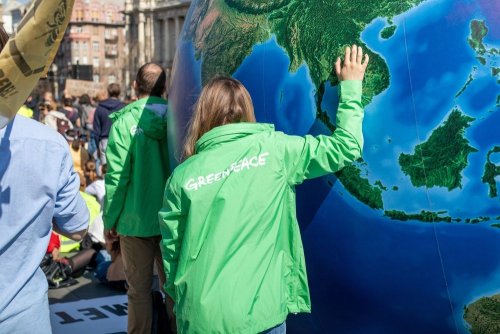By 2060, the world will finally have almost completely abandoned fossil fuels. However, the energy transition will still lag behind in certain sectors and regions. The Paris Agreement's zero emissions targets may only be achieved in the second half of the 21st century. By then, the global temperature will have risen by a critical 2.2 °C instead of the global target of 1.5 °C.
This is stated in the ninth edition of DNV's annual Energy Transition Outlook forecast.
Forecast for world leaders
This year's forecast shows a slightly slower overall pace of energy transformation.
- USA. The transition has slowed due to the political climate. In particular, the emissions reduction milestone is now projected to be delayed by five years compared to the previous report.
- China. The country remains a leader in renewable energy development, providing momentum for a faster global energy transition.
- Europe is balancing environmental goals with economic competitiveness. The development of renewables remains steady but is still insufficient to meet the European Union's 2030 targets.
Energy: demand and share of renewable energy sources will grow
Data centers, particularly for AI, will be one of the drivers of energy consumption growth. By 2040, their share in global energy consumption will reach 5%. Looking at the forecast by region, the largest share will be in the US – up to 16%, of which 12% will be for AI data centers.
By the end of this year, the total capacity of solar power plants will reach 3,000 GW. The leading regions in the use of this technology are China and Europe, with 47% and 20% respectively. By 2040, energy generated from renewable sources will account for 65%, and by 2060, fossil fuels are expected to be almost completely phased out of the energy sector.
Zero emissions will take almost 70 years
Given current trends, CO2 emissions will be reduced by 63% by 2060. The leaders in decarbonization are the energy sector (88%) and transport (58%). Already, 50 million cars worldwide are electric, and in seven years, every second new car purchased will be electric.
Limiting global warming has failed
The 1.5 °C limit set by the Paris Climate Agreement will be exceeded as early as 2029, and by 2052, the planet will warm by 2 °C. If we revise the targets to this mark, there is still a chance to make this forecast achievable by 2050. However, to do so, the world must urgently join forces and take decisive action in all sectors of the economy.
DNV is an international Norwegian company specializing in energy analysis, certification, and safety. Its annual Energy Transition Outlook report is considered one of the most influential forecasts in the field of global energy transition.
Previously, EcoPolitic reported that the number of days with temperatures above 35 °C has increased by a quarter compared with the 1990s.





